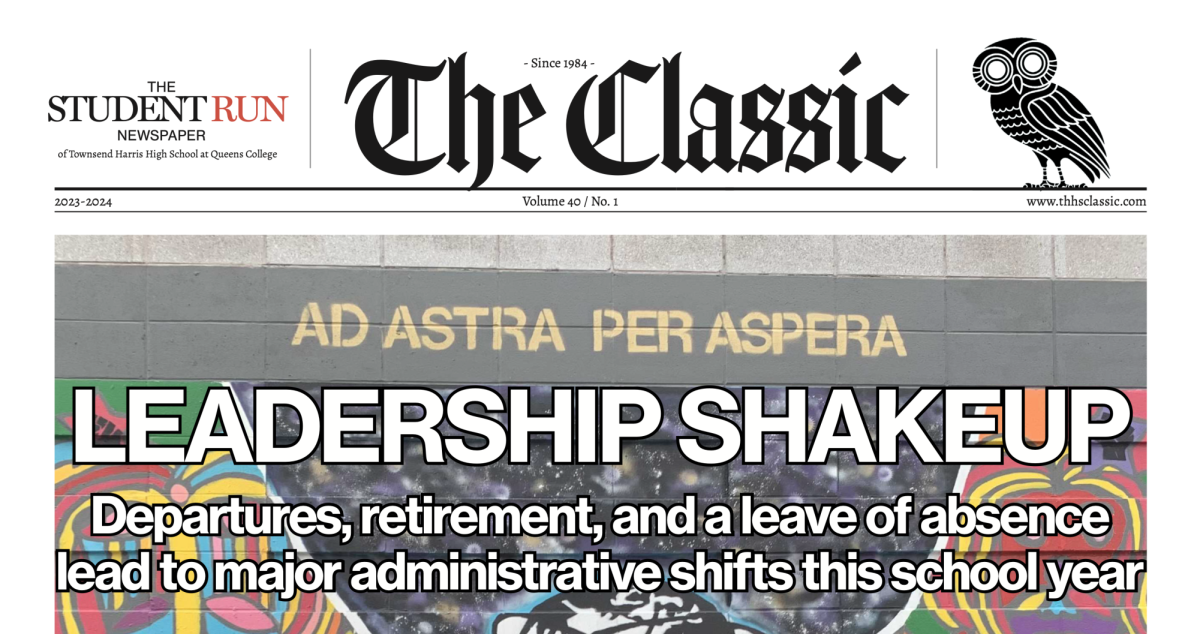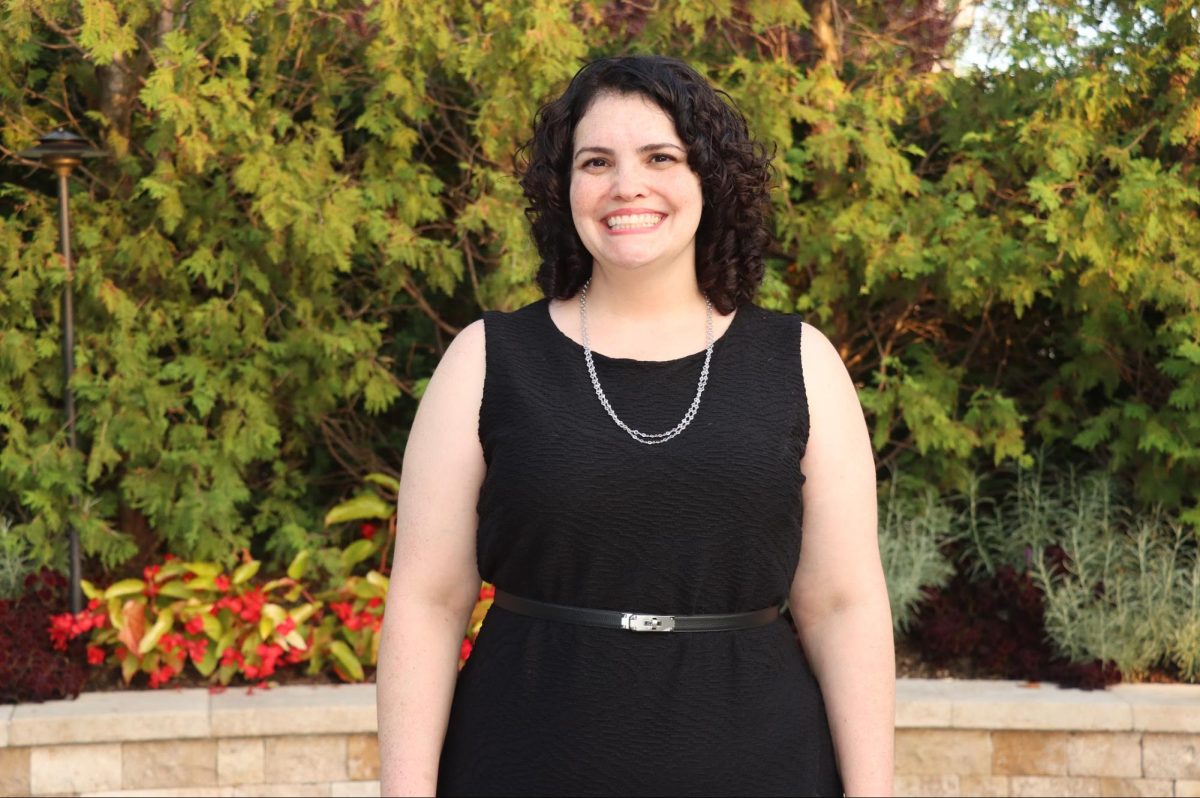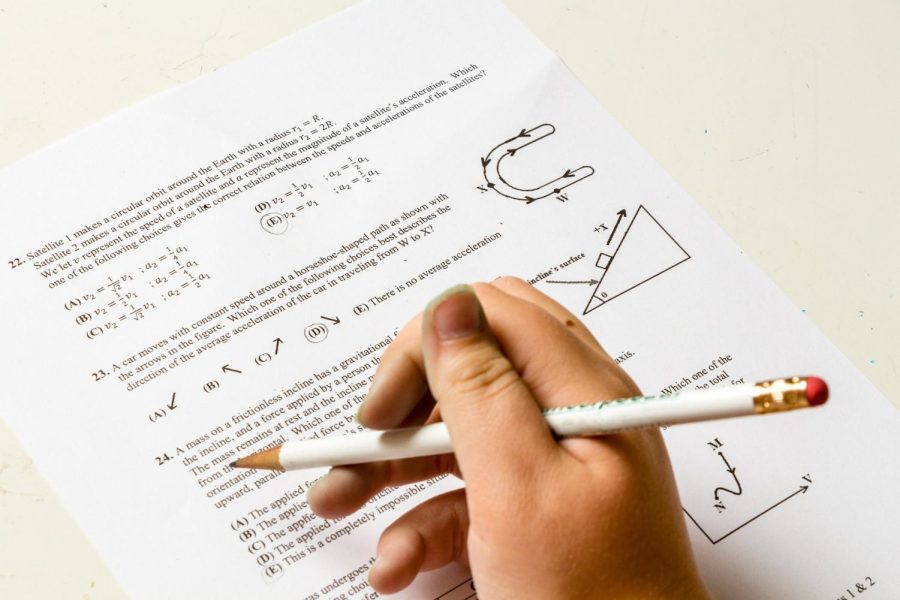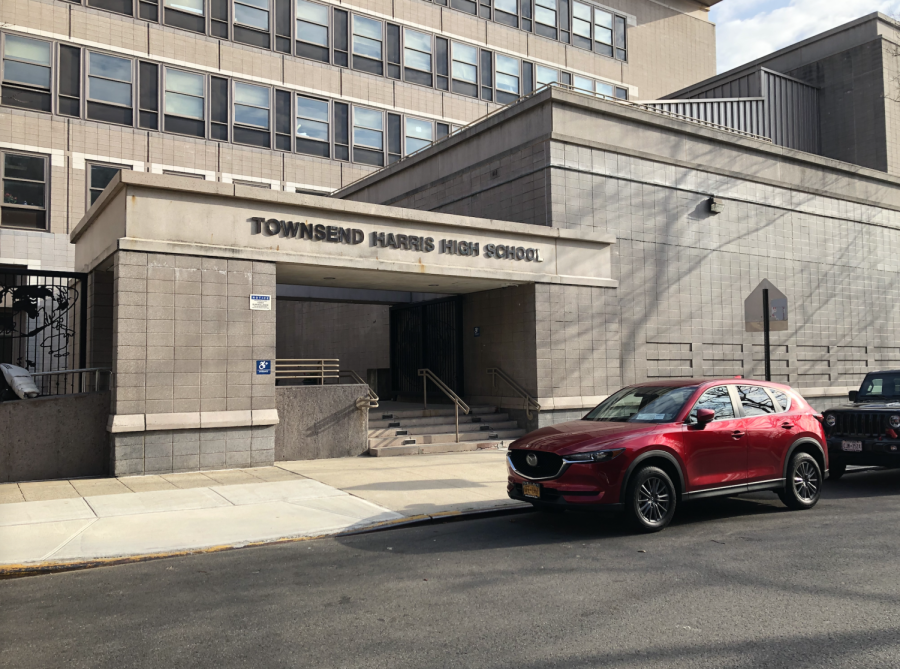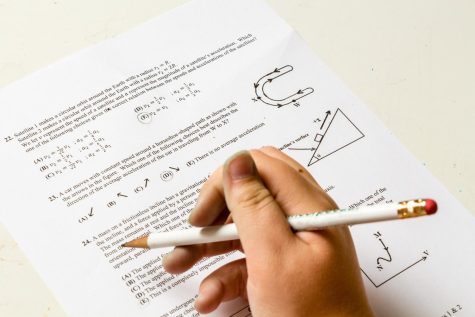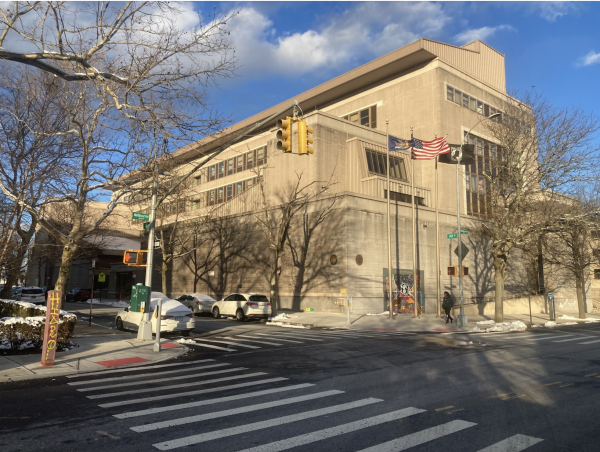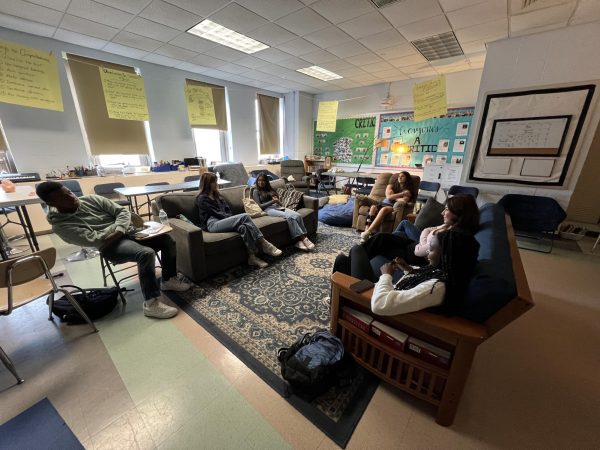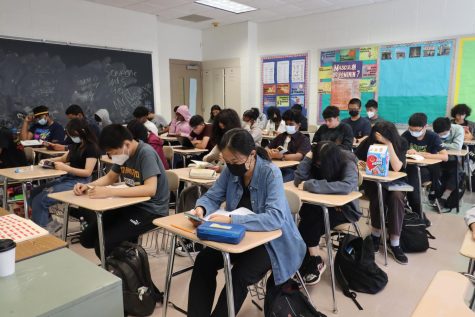EDITORIAL: THHS needs to address the gradebook problem

As the second marking period of the fall semester comes to an end, many Townsend Harris underclassmen are anticipating their first report cards with numerical grades this school year. Due to the loss of a shared grading platform, however, many students may only learn what their averages are in their classes when they receive this report card, three months into the school year. For having a student body that is so invested in their academic standings, THHS should have a more efficient grading system, available to all students and teachers.
In early 2022, the main gradebook system for most NYC public schools, PupilPath, experienced a data breach impacting 800,000 students across over 560 schools; this led to a permanent ban on the system’s use by the New York Department of Education (DOE). To compensate for this frustrating and surprising loss, the DOE announced that they would be launching their very own free online gradebook system days before the start of the current school year. This system was introduced and made available to teachers in August so they would better understand how to navigate the site. According to the DOE FAQ, students and parents were supposed to have access to the system on October 17, but more than a month later, students still have no knowledge on the inner workings of the app.
In an article published by The Classic in September, it was reported that the DOE gradebook, according to select THHS faculty, “lacked key features.” Many teachers appear to not be using the system at all due to these limitations. This has led to widespread confusion over grade reporting, and THHS administrators have not clearly communicated a plan on resolving the confusion that has resulted. Without such a plan, students are left unsure about how they will be able to see their class averages throughout the school year.
These issues have not only been affecting parents and students but also staff members who are expected to give timely updates on students’ grades and averages.
Instead of the DOE gradebook, many teachers have resorted to using Google Classroom as a replacement. Previously, teachers used Google Classroom to distribute and grade assignments and they would then directly enter those grades into PupilPath. In PupilPath, cumulative class averages were calculated using a weighted percentage system, in which some categories like participation and assessments are worth more than others. Students could see their performance in each of these categories and determine where they needed to improve.
However, the use of Google Classroom as an unofficial grading tool has proved to be confusing and unreliable for both teachers and students; grades are equally weighted towards the cumulative average by default if not changed by the teacher, and grade breakdowns have not been clearly specified to students on Google Classroom for all classes. Since there is no standard for how teachers use Google Classroom, there can be variation. Some classes may publish grades on individual assignments and nothing else. Some may publish an average based on weighted categories. Some may publish a general unweighted average, which leads to discrepancies between the average shown on Google Classroom and a student’s true grade in that class that will end up on the report card.
This is extremely unhelpful for students who may struggle in certain classes and would benefit from seeing the changes in their actual average over time.
Other teachers found alternatives for Google Classroom that they perceive as better. For instance, some are using grading systems such as Jupiter Grades and ThinkWave. Despite these efforts, it continues to cause frustration for students as their grades would not all be located in one application.
It is absolutely necessary for there to be communication from administrators to students about how the school plans to overcome this issue. There is no reason why teachers should be held accountable for not having a sufficient grading system as the DOE appears to have provided an inferior product with little plan to make it workable in the near future.
Ultimately, the fault lies with the DOE, and NYC teachers, administrators, students, and parents are paying the price for their failure to ensure that students have a reliable way to access their grades.
This Editorial represents the position of The Classic editorial board. It was primarily written by Bridgette Jeonarine.
Your donation will support the student journalists of The Classic. Your contribution will allow us to purchase equipment, support our extracurricular events, celebrate our staff, print the paper periodically, and cover our annual website hosting costs.

Katherine Lian is a senior at Townsend High School who enjoys taking pictures, dancing, and trying new things. Her favorite memory with The Classic was...




